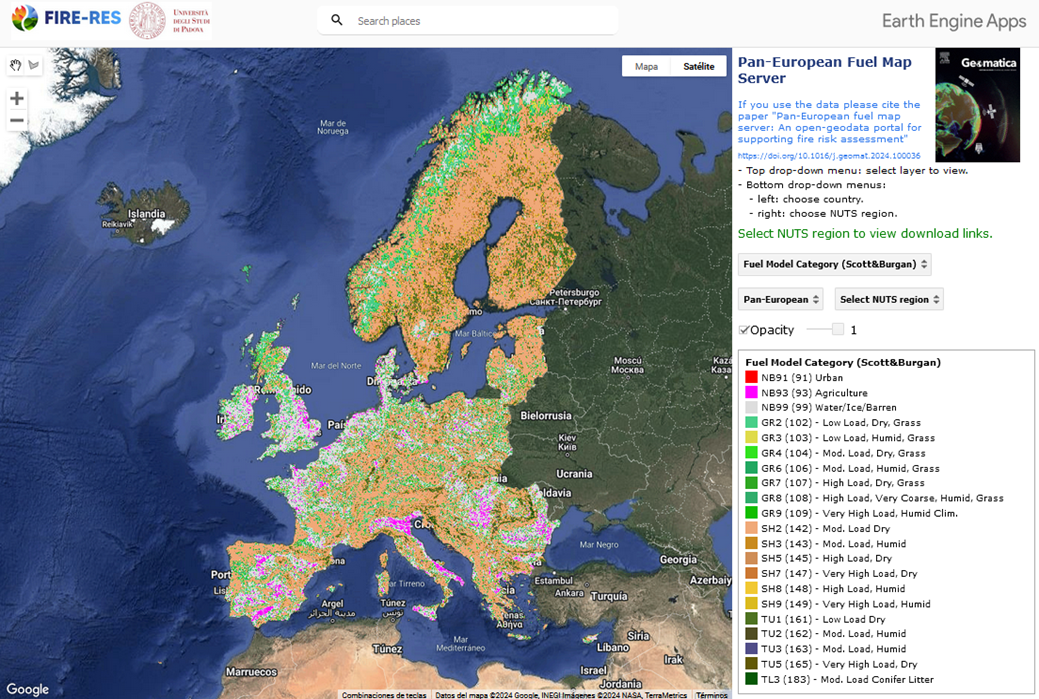IA 1.4. Integrated fire management model: bases, demonstration and piloting activities
OVERVIEW
What kind of result is this? | Report on experiences and lessons learned from fire management practices, both in fire-prone and new fire areas. | |
What’s the area addressed? | Emergency, Risk Mapping and Sustainable Fire Management Models | |
What’s the covered phase? | Prevention & Preparedness | |
What’s the addressed challenge? | This IA is designed to help transforming fire management approaches in light of recent extreme wildfire events (EWE). It aims to promote the restoration of fire regimes and their positive impacts on the ecosystem, as restoring fire regimes is regarded as the only viable way to significantly upscale fire risk reduction practices in today’s society. The focus has shifted from exclusively suppressing fires to implementing an integrated fire management (IFM) strategy, with a special focus on the use of fire. The restoration of fire’s role in the ecosystem is intended not only to better prepare the landscape for potential EWEs, but also to restore a crucial ecological process – the presence of fire – to which the ecosystem is already adapted and that has been eliminated over the past century. Achieving an IFM strategy requires a new way of training our future experts, a broader definition of scientific excellence and the promotion of opportunities for people from different disciplines and sectors to meet and learn. | |
What value is proposed? | By emphasising knowledge sharing and interdisciplinary collaboration, the IA aims to improve decision-making and highlight the importance of fire as a vital element in forest ecosystems. As part of the IFM demonstration activities, training activities will be organised to share the accumulated knowledge with stakeholders involved in the fire management process. In addition, several prescribed fires in subalpine stands will be conducted as part of this IA to assess the potential impact of fire management on new burn areas. | |
Who can use it? | Fire-fighters, researchers, land managers and forest managers | |
What type of tool is it? | Report | |
How does it look like? | Document | |
This tool is… | ☐ a new tool | ⊠ an improved tool |
What are the vision & mission statement? | This IA is intended to improve decision-making capacities and increase the acceptance of fire as a driving component of forest ecosystems among stakeholders and the local population. This IA will thus promote the use of an IFM strategy and in particular prescribed fires in EU regions. | |
When will it be complete? | June 2024 | |
Documentation | ||
This IA is implemented in the Living Lab(s)… | ||
⊠
Media coverage of the I.A.

FIRE-RES Innovation Actions: Webinar N°1
The European Institute for Planted Forest (IEFC) is hosting a series of webinars to introduce the project’s Innovation Actions to the public. The first session will showcase highlights and results

FIRE-RES Pan-European Fuel Mapping in the spotlight in latest scientific publication
A collaborative work between the University of Padova and the Centre de Ciència i Tecnologia Forestal de Catalunya, in coordination with different Living Labs across Europe, has resulted in a
Contact

Pere Casals
- Forest Science and Technology Centre of Catalonia- Centre de Ciència i Tecnologia Forestal de Catalunya (Spain)
- pere.casals@ctfc.cat

Lena Vila
- Forest Science and Technology Centre of Catalonia- Centre de Ciència i Tecnologia Forestal de Catalunya (Spain)
- lena.vila@ctfc.cat

Edgar Nebot Hernandez
Sotsinspector del Cos de Bombers
- Catalan Fire and Rescue Services - Government of Catalonia - Departament D'interior - Generalitat De Catalunya (Spain)
- eneboth@gencat.cat